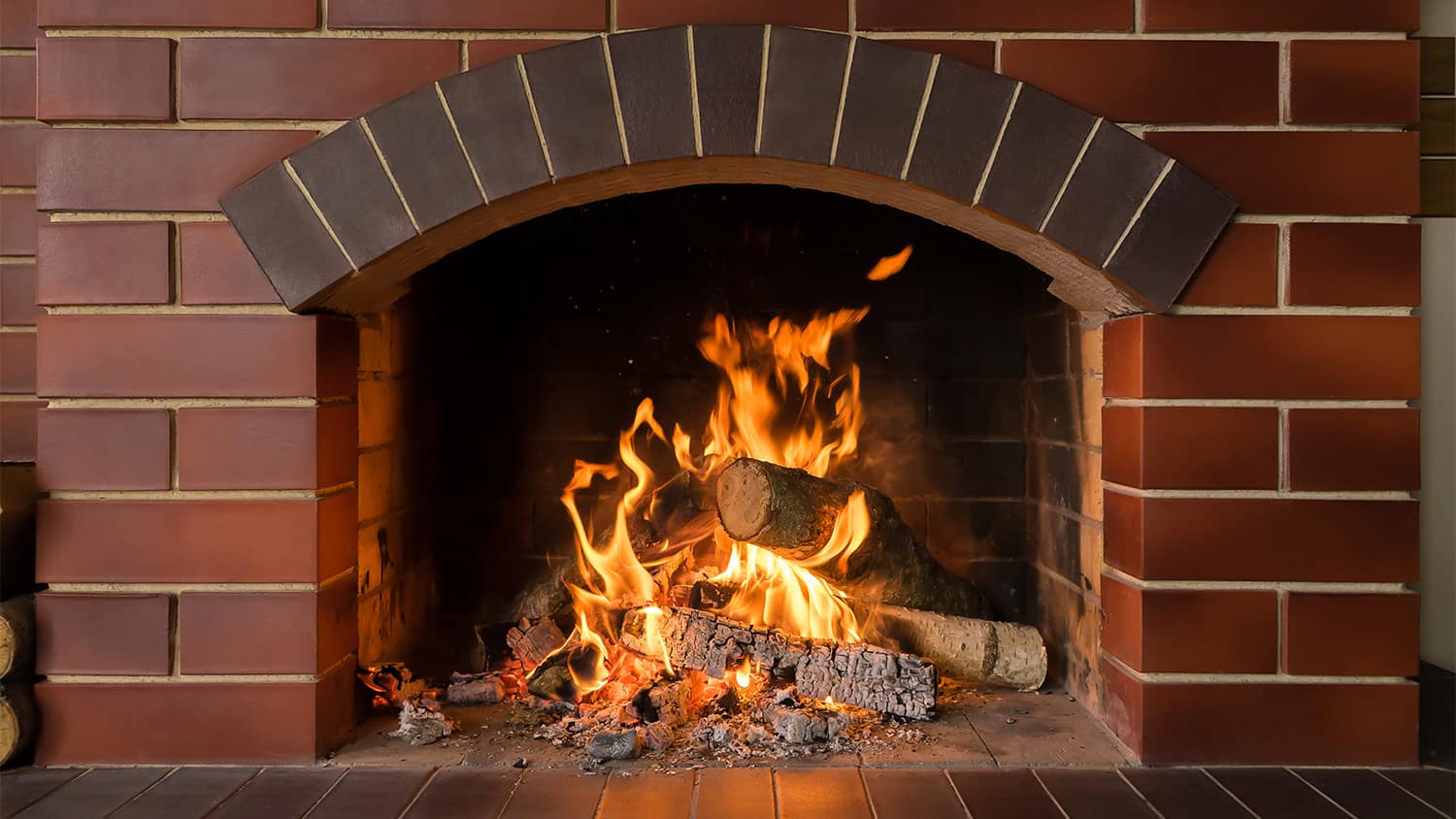

Articles
How To Install A Fireplace
Modified: January 8, 2024
Learn how to install a fireplace with our informative articles. Step-by-step instructions and expert tips for a successful installation.
(Many of the links in this article redirect to a specific reviewed product. Your purchase of these products through affiliate links helps to generate commission for Storables.com, at no extra cost. Learn more)
Introduction
Welcome to the ultimate guide on how to install a fireplace. If you’ve always dreamed of cozy nights by the fire, it’s time to turn that dream into a reality. Installing a fireplace not only adds warmth and ambiance to your home, but it can also increase its value and aesthetic appeal. Whether you’re planning to install a traditional wood-burning fireplace or a modern gas or electric one, this step-by-step guide will provide you with all the information you need to get started.
Before you begin the installation process, it’s important to assess your home’s structure and ensure that it can support a fireplace. You should also check local building codes and regulations to ensure compliance. Additionally, consider consulting a professional fireplace installer or contractor to assist you with the process, especially if you’re unsure about any aspect of the installation.
Installing a fireplace involves several steps, from preparing the area to connecting the gas or electric supply. Throughout this guide, we’ll provide you with detailed instructions and tips to make the installation process as smooth as possible. Ready to get started? Let’s dive in!
Key Takeaways:
- Proper preparation, careful selection of the right fireplace, and adherence to safety guidelines are crucial for a successful fireplace installation. Consulting professionals for complex tasks ensures a safe and compliant outcome.
- Thorough testing, adding finishing touches, and implementing proper maintenance practices are essential for ensuring the functionality, visual appeal, and longevity of your newly installed fireplace. Enjoy the cozy warmth and comforting ambiance it brings to your home!
Read more: How To Install A Fireplace At Home
Step 1: Preparing the Area
The first step in installing a fireplace is to prepare the area where it will be positioned. Proper preparation ensures that the installation process goes smoothly and that the fireplace operates efficiently. Here are the key steps to follow:
- Choose the Location: Decide on the ideal location for your fireplace. Consider factors such as aesthetics, available space, and convenience. It’s important to choose a location that allows for proper ventilation and meets local building codes.
- Clear the Area: Clear the area where the fireplace will be installed. Remove any furniture, rugs, or other items that may obstruct the installation process. Keep in mind that safety is paramount, so ensure there is enough space around the fireplace for people to move comfortably.
- Prepare the Flooring: If you’re installing a wood-burning or gas fireplace, you need to protect the flooring from heat and potential damage. Place a non-combustible material, such as a sheet of metal or a fire-resistant hearth pad, under the fireplace to shield the floor and meet safety requirements.
- Check for Structural Support: Before proceeding, it’s crucial to ensure that the area where the fireplace will be installed has adequate structural support. The weight of the fireplace, chimney, and other components must be supported by load-bearing walls or a sturdy foundation. If unsure, consult a professional to assess the area’s structural integrity.
- Make Space for Ventilation: Depending on the type of fireplace you’re installing, you’ll need to create space for ventilation. For gas fireplaces, this may involve installing a vent pipe. Wood-burning fireplaces require a chimney for proper ventilation. Follow the manufacturer’s instructions and consult building codes to determine the specific requirements for your chosen fireplace.
By properly preparing the area, you’ll ensure a safe and functional space for your fireplace installation. Taking the time to carefully plan the location and address structural considerations will contribute to a successful installation process and a fireplace that brings warmth and beauty to your home.
Step 2: Choosing the Right Fireplace
Choosing the right fireplace is a crucial step in the installation process. With various options available, it’s important to consider your preferences, needs, and the constraints of your home. Here are some factors to consider when selecting a fireplace:
- Fuel Type: Determine the type of fuel you want your fireplace to use. Common options include wood, gas, or electric. Each fuel type has its advantages and considerations. Wood-burning fireplaces offer a traditional ambiance but require regular maintenance and a reliable source of firewood. Gas fireplaces provide convenience and control but require a gas supply and professional installation. Electric fireplaces offer ease of use and versatility but may lack the authentic feel of a real flame.
- Size and Style: Consider the size and style of the fireplace that will best suit your space and personal preferences. Measure the available space and consider the architectural style of your home to ensure the fireplace complements the overall design. From traditional brick or stone fireplaces to modern, sleek designs, there’s a wide range of options to choose from.
- Heat Output: Assess your heating requirements and choose a fireplace with an appropriate heat output. This will depend on factors such as the size of the room, insulation, and personal comfort levels. Make sure the fireplace is capable of providing the desired warmth without overheating the space.
- Eco-Friendliness: If environmental impact is a concern for you, consider the eco-friendliness of the fireplace. Wood-burning fireplaces can release pollutants into the air, while gas and electric fireplaces are generally cleaner options. Look for fireplaces with high energy efficiency ratings to minimize waste and reduce environmental footprint.
- Budget: Set a budget for your fireplace installation project. Consider not only the upfront cost of purchasing the fireplace but also ongoing maintenance and fuel expenses. Research various brands and models to find one that fits your budget while still meeting your requirements.
By considering these factors, you can select a fireplace that aligns with your preferences, budget, and lifestyle. Remember to take your time and thoroughly research different options before making a final decision. The right fireplace will not only enhance the aesthetics of your home but also provide you with hours of warmth and comfort.
Step 3: Gathering the Necessary Tools and Materials
Before you begin the installation process, it’s essential to gather all the necessary tools and materials. Having everything ready will help streamline the installation and ensure you have everything you need at hand. Here is a list of typical tools and materials required for fireplace installation:
Tools:
- Measuring tape
- Level
- Hearing and eye protection
- Screwdriver
- Drill
- Saw (circular saw or reciprocating saw)
- Fireplace masonry tools (if installing a masonry fireplace)
Materials:
- Fireplace unit (wood-burning, gas, or electric)
- Chimney system (for wood-burning fireplaces)
- Fireplace surround materials (brick, stone, tiles, etc.)
- Metal or fire-resistant hearth pad (for wood-burning or gas fireplaces)
- Ventilation materials (vent pipe, if necessary)
- Gas line (for gas fireplaces)
- Electrical wiring materials (for electric fireplaces)
- Insulation materials (if needed)
- Fasteners (screws, anchors, etc.)
- Sealants and adhesive
It’s important to note that the specific tools and materials needed may vary depending on the type of fireplace you’re installing and your unique circumstances. Refer to the manufacturer’s instructions for the fireplace unit you have chosen to ensure you have everything required for a successful installation.
Before starting the installation process, inspect all tools and ensure they are in good working condition. This will help prevent any delays or issues during the installation. Additionally, make sure you have all the necessary safety equipment, such as hearing protection and eye goggles, to protect yourself during the installation process.
By gathering all the required tools and materials beforehand, you’ll be well-prepared for the fireplace installation. This will help make the process smoother and more efficient, ultimately bringing you closer to enjoying the warmth and comfort of a beautiful fireplace in your home.
Step 4: Installing the Ventilation System
Proper ventilation is essential for the safe and efficient operation of your fireplace. Depending on the type of fireplace you’re installing, the ventilation requirements may vary. Here are the general steps to follow when installing the ventilation system:
- Consult the Manufacturer’s Instructions: Begin by thoroughly reading the manufacturer’s instructions for your specific fireplace unit. This will provide you with detailed guidance on the ventilation requirements and the recommended installation process.
- Determine the Ventilation Route: Assess the area and determine the best route for the ventilation system. For wood-burning fireplaces, this typically involves installing a chimney and chimney liner. Gas fireplaces may require a direct vent or a vent pipe that extends through an exterior wall or roof. Electric fireplaces, on the other hand, generally don’t require venting.
- Prepare the Ventilation Path: Clear any obstructions and ensure the ventilation path is free from debris. Measure and mark the installation points for the vent pipe or chimney, ensuring they align with the recommended distance from combustible materials as specified in the manufacturer’s instructions.
- Install the Vent Pipe or Chimney: Follow the manufacturer’s instructions to install the vent pipe or chimney. This typically involves connecting the sections securely and sealing any joints to prevent leaks. For added safety and efficiency, consider insulating the vent pipe or chimney to reduce heat loss.
- Secure the Ventilation System: Use appropriate fasteners and supports to secure the ventilation system in place. Ensure that it is stable and level to facilitate proper air flow and prevent any potential hazards. Refer to the manufacturer’s instructions for specific guidelines on securing the system.
- Meet Local Building Codes: Check local building codes and regulations to ensure that your ventilation system complies with the necessary standards. This may involve obtaining permits or scheduling inspections to ensure a safe installation.
Remember, proper ventilation is crucial for the safe operation of your fireplace. If you’re unsure about any aspect of the ventilation installation, it’s recommended to seek professional assistance or consult a licensed contractor.
By carefully installing the ventilation system according to the manufacturer’s instructions and meeting all local building codes, you’ll ensure that your fireplace operates efficiently and safely. Now that the ventilation system is in place, you’re one step closer to enjoying the warmth and comfort of your newly installed fireplace.
Before installing a fireplace, ensure that you have a suitable location with proper ventilation and clearance from combustible materials. It’s also important to follow local building codes and regulations for safe installation.
Read more: How To Install A Ventless Fireplace
Step 5: Building the Fireplace Structure
Now that the ventilation system is in place, it’s time to focus on building the fireplace structure. This step involves constructing the framework that will support and surround the fireplace unit. Here’s how to proceed:
- Follow the Manufacturer’s Instructions: Before beginning the construction process, carefully read the manufacturer’s instructions for your specific fireplace unit. It will provide you with the necessary guidance and guidelines for building the structure.
- Determine the Dimensions: Measure the dimensions of the fireplace unit as specified in the manufacturer’s instructions. Use these measurements to determine the size and layout of the structure. Consider leaving an appropriate gap between the fireplace and any flammable materials, following the manufacturer’s recommendations.
- Choose the Building Materials: Select the appropriate materials for constructing the fireplace structure. Common options include bricks, stones, concrete blocks, or prefabricated fireplace surrounds. Consider the style and aesthetic of your home when choosing the materials.
- Prepare the Foundation: Ensure that the foundation is solid and capable of supporting the weight of the fireplace structure. Use concrete or a similar material to create a secure and level base for the structure. Follow local building codes and regulations regarding foundation requirements.
- Construct the Firebox: Build the firebox according to the dimensions specified in the manufacturer’s instructions. Use fire-resistant materials such as firebricks or refractory mortar to line the inside of the firebox. This will help protect the structure from excessive heat and prevent the risk of fire.
- Build the Surround: Use the chosen materials to construct the surrounding structure of the fireplace. Follow the design and layout you have planned, securing the materials with appropriate fasteners and adhesive. Ensure that the structure is stable and level.
- Apply Finish: Once the structure is complete, apply the desired finish to enhance its appearance. This may involve painting, staining, or sealing the materials, depending on your preference. Consider using heat-resistant finishes to ensure durability and safety.
Throughout the construction process, refer to the manufacturer’s instructions and follow local building codes and regulations. If you’re unsure about any aspect of building the fireplace structure, it’s advisable to consult a professional or licensed contractor.
By carefully building the fireplace structure according to the manufacturer’s instructions and using appropriate materials, you’ll create a sturdy and visually appealing framework for your fireplace. With the structure complete, you’re ready to move on to the next step of installing the fireplace unit itself.
Step 6: Installing the Fireplace Unit
With the fireplace structure built, it’s time to install the fireplace unit itself, whether it’s a wood-burning, gas, or electric fireplace. Follow these steps to ensure a proper installation:
- Refer to the Manufacturer’s Instructions: Before starting the installation, carefully read and follow the manufacturer’s instructions specific to your fireplace unit. These instructions will provide detailed guidance on the installation process and any specific requirements.
- Positioning the Fireplace: Carefully place the fireplace unit into the prepared opening in the structure. Ensure that it is level and centered within the space. If necessary, use shims or adjustable feet to achieve a level installation.
- Securing the Fireplace: Use the recommended fasteners and brackets provided by the manufacturer to secure the fireplace unit to the structure. Follow the instructions to ensure a secure and stable installation. This step is crucial for safety and proper operation of the fireplace.
- Connect the Ventilation: If your fireplace requires a venting system, follow the manufacturer’s instructions to connect the vent pipe or chimney to the fireplace unit. Ensure a tight and proper connection to maintain efficient airflow and safe operation.
- Electrical and Gas Connections: If you’re installing a gas or electric fireplace, follow the appropriate procedures for connecting the gas supply line or electrical wiring, respectively. Ensure that all connections are secure and in accordance with local building codes.
- Test the Fireplace: Once the installation is complete, perform a thorough test of the fireplace. Check for any gas or electrical leaks, and ensure that the flames, heat, and controls are functioning correctly. Refer to the manufacturer’s instructions for specific guidance on testing procedures.
It’s important to note that installing a fireplace, especially gas or wood-burning units, may require the expertise of a qualified professional or licensed contractor. If you’re unsure about any aspect of the installation process, seek professional assistance to ensure a safe and compliant installation.
By following the manufacturer’s instructions and taking the necessary precautions, you can successfully install the fireplace unit into the structure. With the fireplace securely in place, you’re almost ready to enjoy the warmth and ambiance it will bring to your home.
Step 7: Connecting the Gas or Electric Supply
If you’re installing a gas or electric fireplace, the next step is to connect the respective gas or electric supply to the unit. This step is crucial to ensure the proper functioning of your fireplace. Follow these guidelines for a safe and efficient connection:
- Consult a Professional: Connecting the gas or electric supply can be complex and potentially hazardous. It is recommended to consult a licensed professional or specialist in gas or electrical installations to ensure compliance with local codes and regulations.
- Gas Fireplaces: If you’re installing a gas fireplace, you’ll need to connect the gas supply. Here are some key steps to follow:
- Locate the gas valve and ensure it is in the closed position before making any connections.
- Use a flexible gas line to connect the gas valve to the fireplace unit. Make sure to follow the manufacturer’s instructions and consult a professional for proper sizing and installation.
- Apply pipe joint compound or gas-rated Teflon tape to the threaded connections for a secure seal.
- Once the gas line is connected, use a gas leak detector or a soapy water solution to check for any gas leaks. If you detect a leak, turn off the gas supply immediately and consult a professional.
- Electric Fireplaces: If you’re installing an electric fireplace, follow these steps to connect the electric supply:
- Ensure that the electrical power is turned off at the breaker panel for safety.
- Run the appropriately sized electrical wiring from the power source to the location of the fireplace. Follow local electrical codes and regulations.
- Connect the wiring to the electrical junction box or terminal on the fireplace unit, following the manufacturer’s instructions.
- Double-check all connections to ensure they are secure and properly insulated to prevent any electrical hazards.
Remember, working with gas or electrical connections can be dangerous and requires the expertise of a qualified professional. It is crucial to adhere to local codes and regulations to ensure a safe and compliant installation.
By consulting a professional and following the appropriate steps, you can safely and effectively connect the gas or electric supply to your fireplace, ensuring it operates efficiently and securely.
Step 8: Testing and Finishing Touches
After completing the installation of your fireplace, it’s vital to carry out thorough testing and add the finishing touches to ensure everything is in proper working order and visually appealing. Follow these steps to complete the installation process:
- Testing the Fireplace: Before you start enjoying your fireplace, it’s essential to conduct a comprehensive test to verify its functionality. Here’s what you should do:
- For wood-burning fireplaces, ensure that the chimney draws the smoke effectively and there are no issues with chimney draft.
- If you have a gas fireplace, test the ignition system, flame control, and safety features. Check for any gas leaks using a gas leak detector or soapy water solution.
- For electric fireplaces, test the heating functions, flame effects, and any other features. Ensure that all electrical connections are secure and working properly.
- Finishing Touches: Once the fireplace is functioning correctly, you can focus on the final touches:
- Consider adding a decorative fireplace surround or mantel to enhance the aesthetics of the space. Choose materials that complement your home’s style and personal taste.
- Install a fire screen or glass door for added safety, especially for wood-burning fireplaces. This will help prevent sparks and embers from escaping the firebox and protect against accidental burns.
- If applicable, seal any gaps or cracks around the fireplace structure to improve energy efficiency and prevent drafts.
- Clean and polish the fireplace unit and surrounding surfaces to give it a pristine and attractive appearance.
- Take the time to familiarize yourself with the maintenance and cleaning requirements specific to your fireplace type and follow the manufacturer’s recommendations.
By conducting thorough testing and adding the finishing touches, you can ensure that your fireplace is both functional and visually appealing. It’s essential to follow all safety guidelines and maintain the fireplace properly to enjoy its benefits for years to come. Additionally, make sure to familiarize yourself with any warranty information provided by the manufacturer.
Congratulations! You have successfully completed the installation of your fireplace. Now you can sit back, relax, and enjoy the warmth, ambiance, and cozy atmosphere of your newly installed fireplace.
Read more: How To Install A Stucco Fireplace
Conclusion
Installing a fireplace in your home can bring warmth, comfort, and beauty, creating a cozy and inviting atmosphere. By following the step-by-step guide outlined in this article, you’ll be equipped with the knowledge and instructions to successfully install a fireplace that suits your preferences and meets your needs.
From preparing the area and choosing the right fireplace to gathering the necessary tools and materials, installing the ventilation system, building the fireplace structure, connecting the gas or electric supply, and adding the finishing touches, each step is crucial for a safe and efficient installation process.
Remember, safety should always be a top priority. If you’re unsure about any aspect of the installation or feel uncomfortable completing certain tasks, it’s best to consult professionals or licensed contractors who specialize in fireplace installations. They will ensure that your fireplace is installed correctly and in compliance with local building codes and regulations.
Once your fireplace is installed, take the time to test its functionality and carry out any necessary adjustments. Add the finishing touches to enhance its visual appeal and consider implementing proper maintenance practices to ensure its longevity and optimal performance.
Now, you can enjoy the cozy warmth and comforting ambiance of your new fireplace. Gather around the fire, create lasting memories with loved ones, and embrace the soothing glow that is sure to make your house feel like a home.
Frequently Asked Questions about How To Install A Fireplace
Was this page helpful?
At Storables.com, we guarantee accurate and reliable information. Our content, validated by Expert Board Contributors, is crafted following stringent Editorial Policies. We're committed to providing you with well-researched, expert-backed insights for all your informational needs.
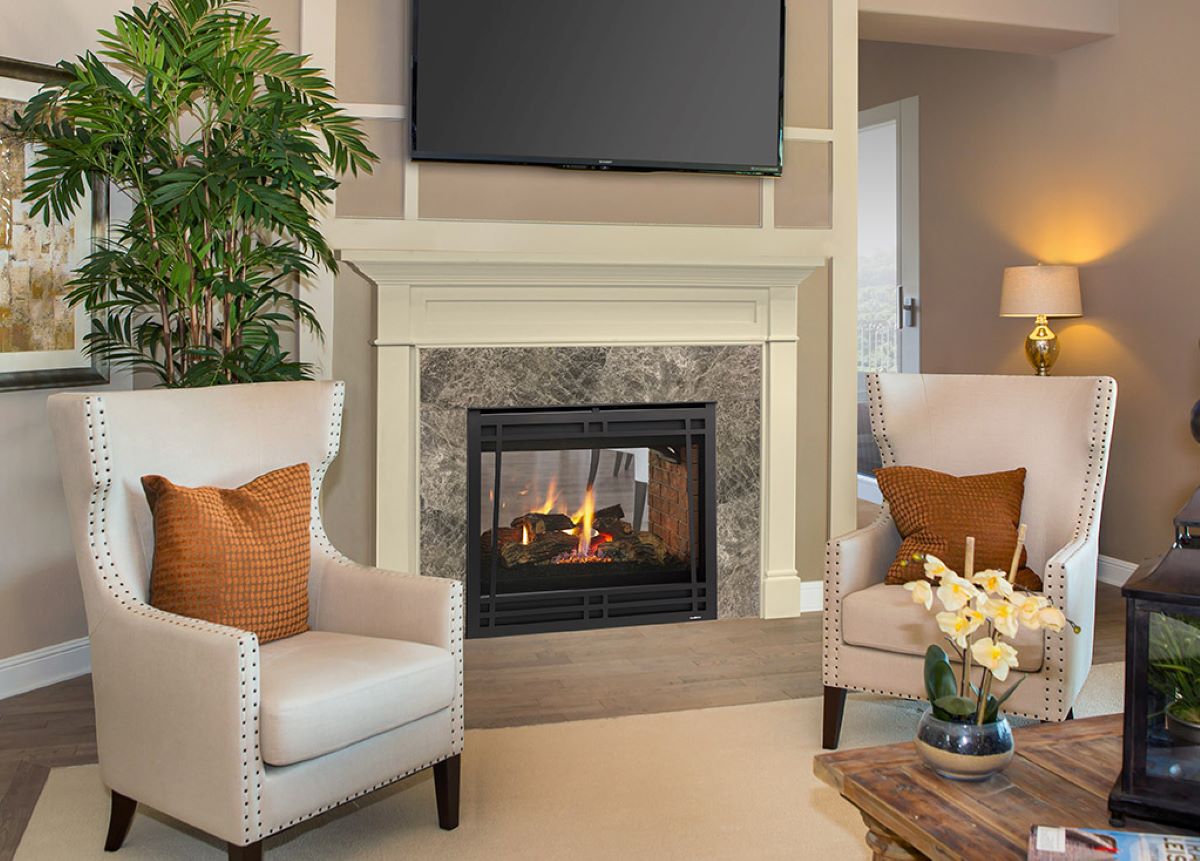
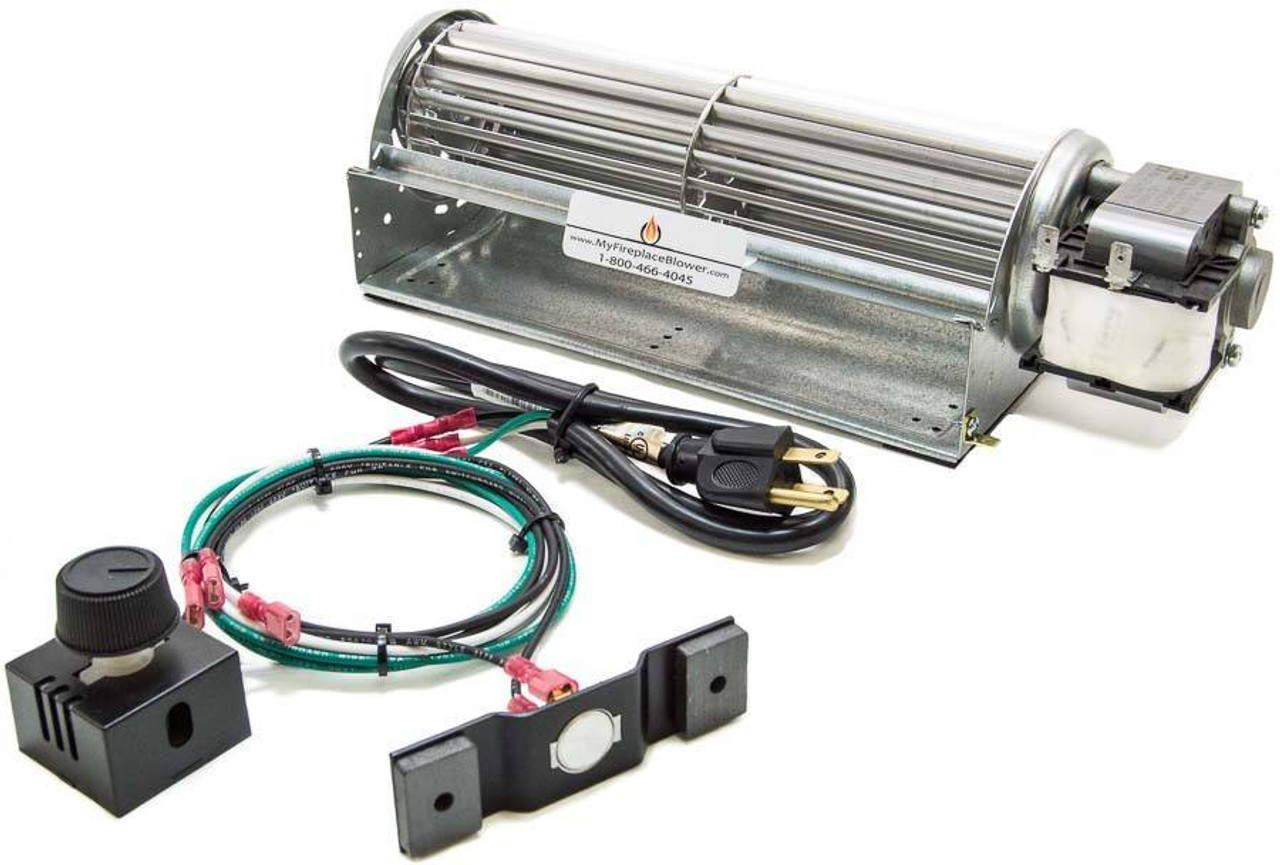
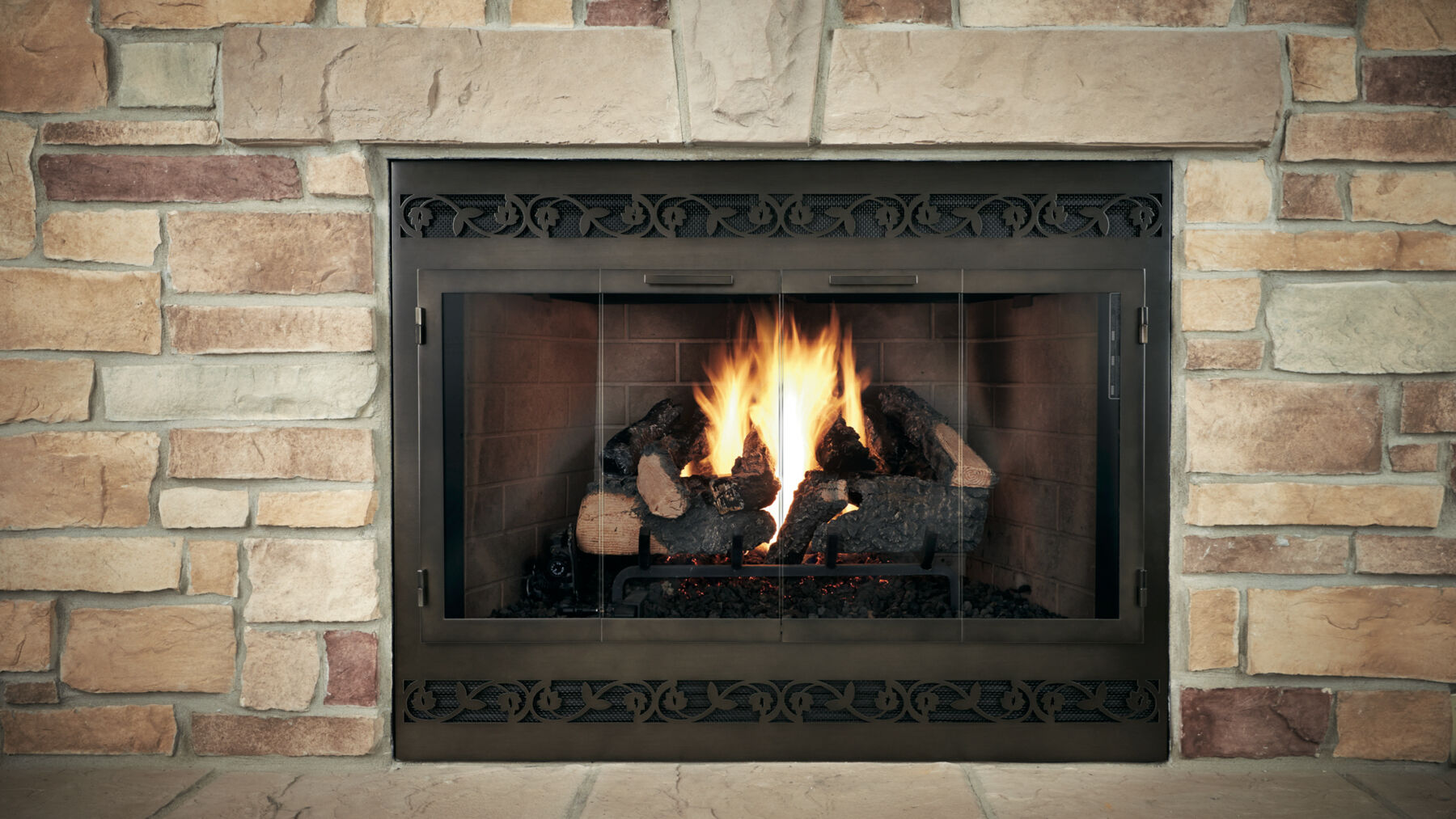
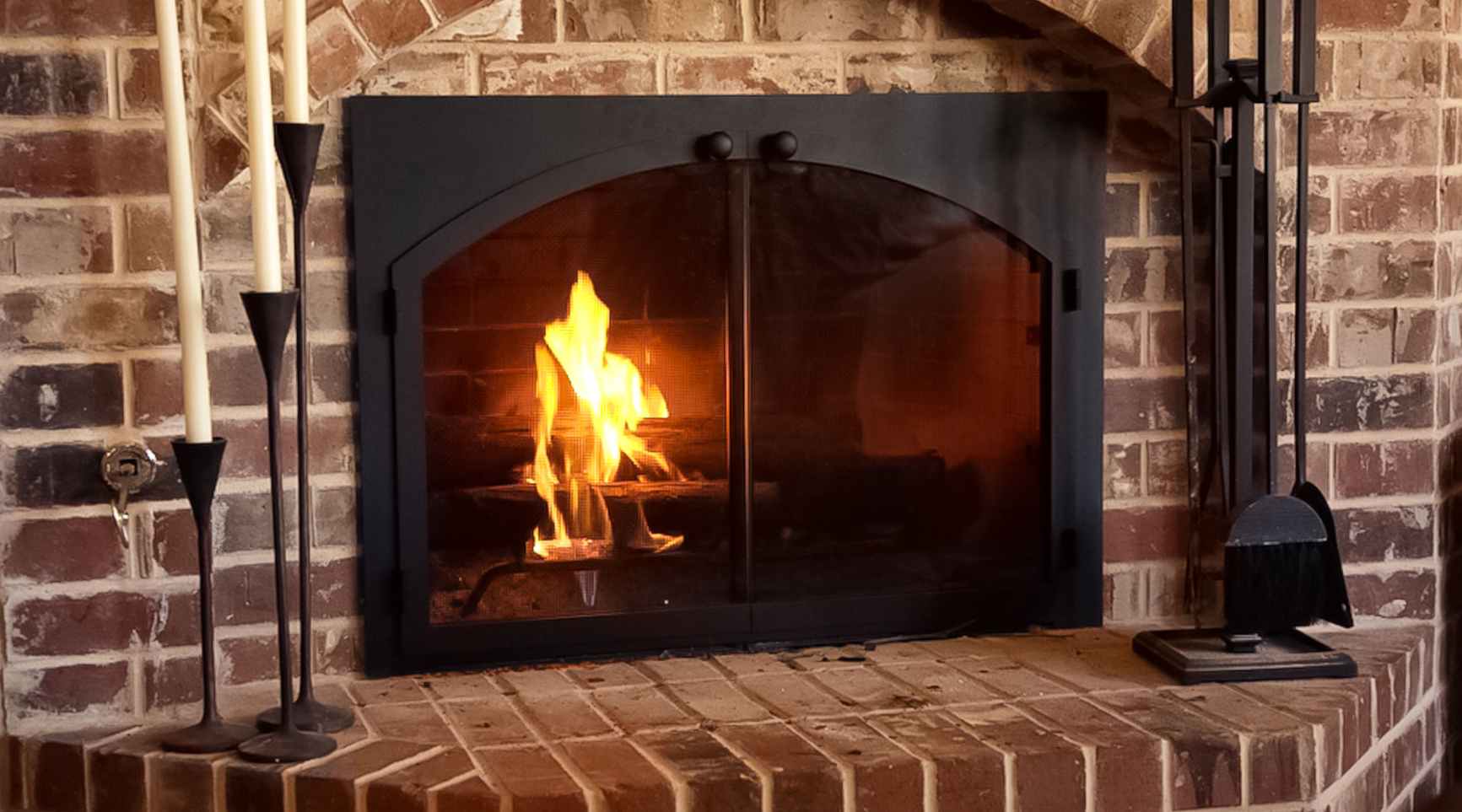
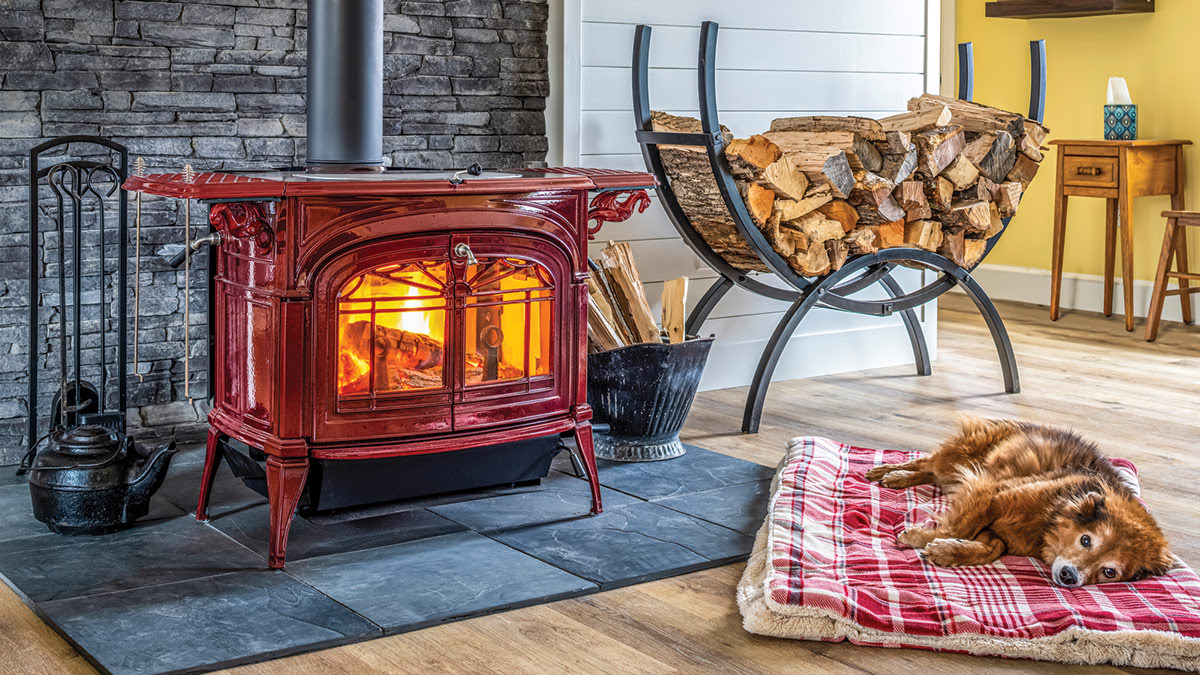
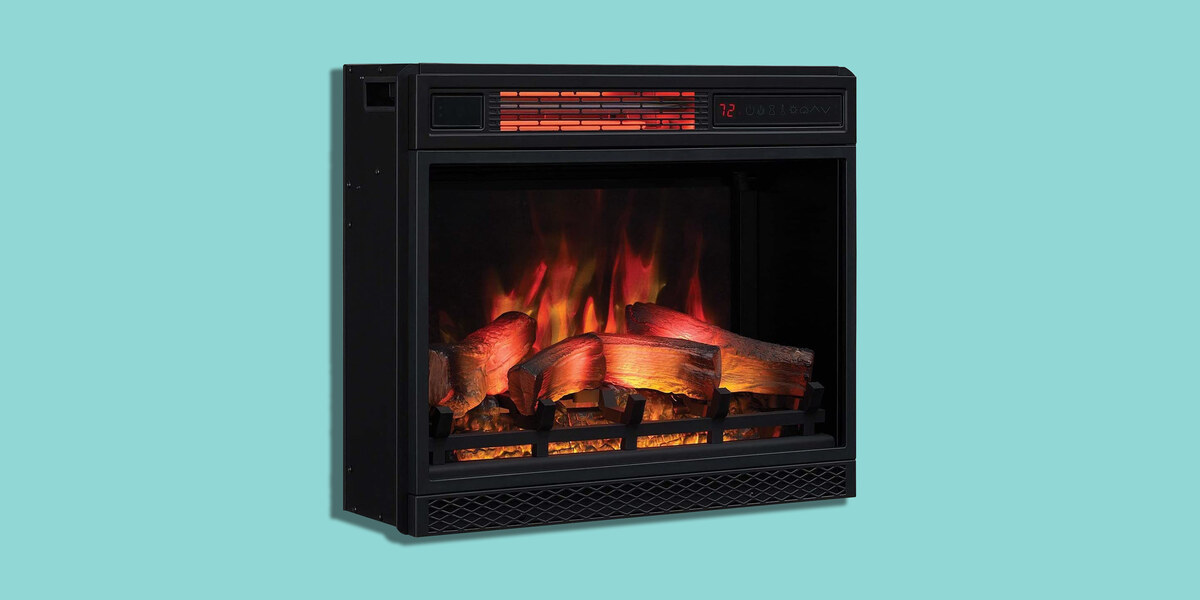
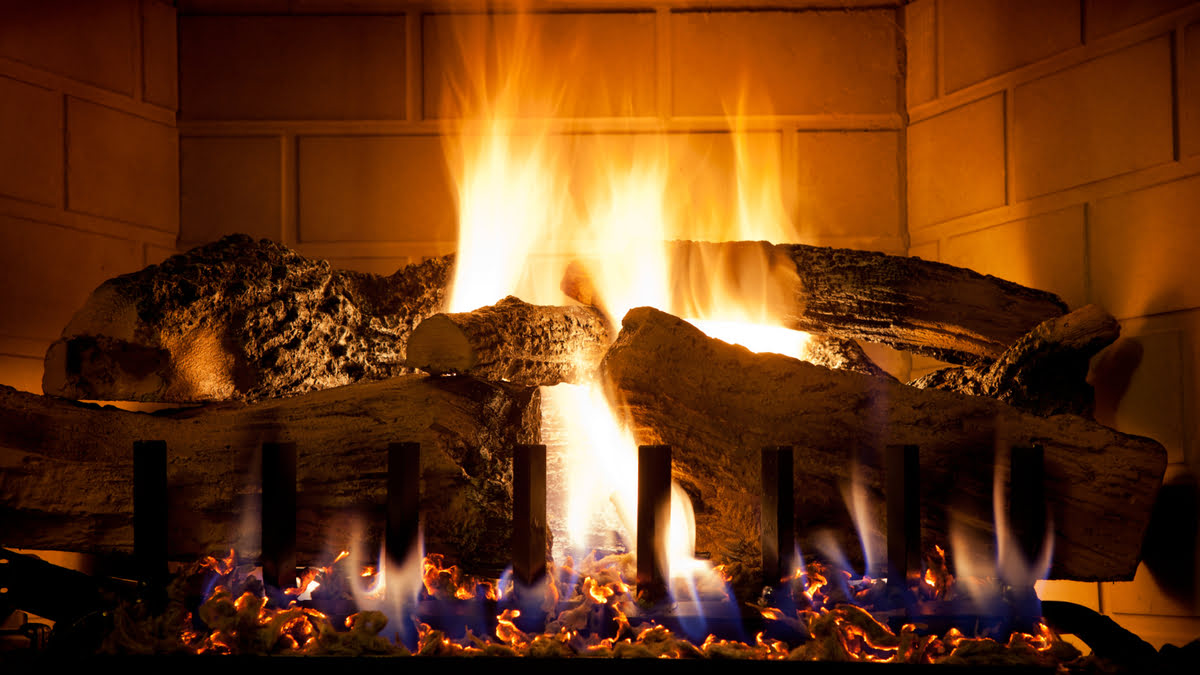
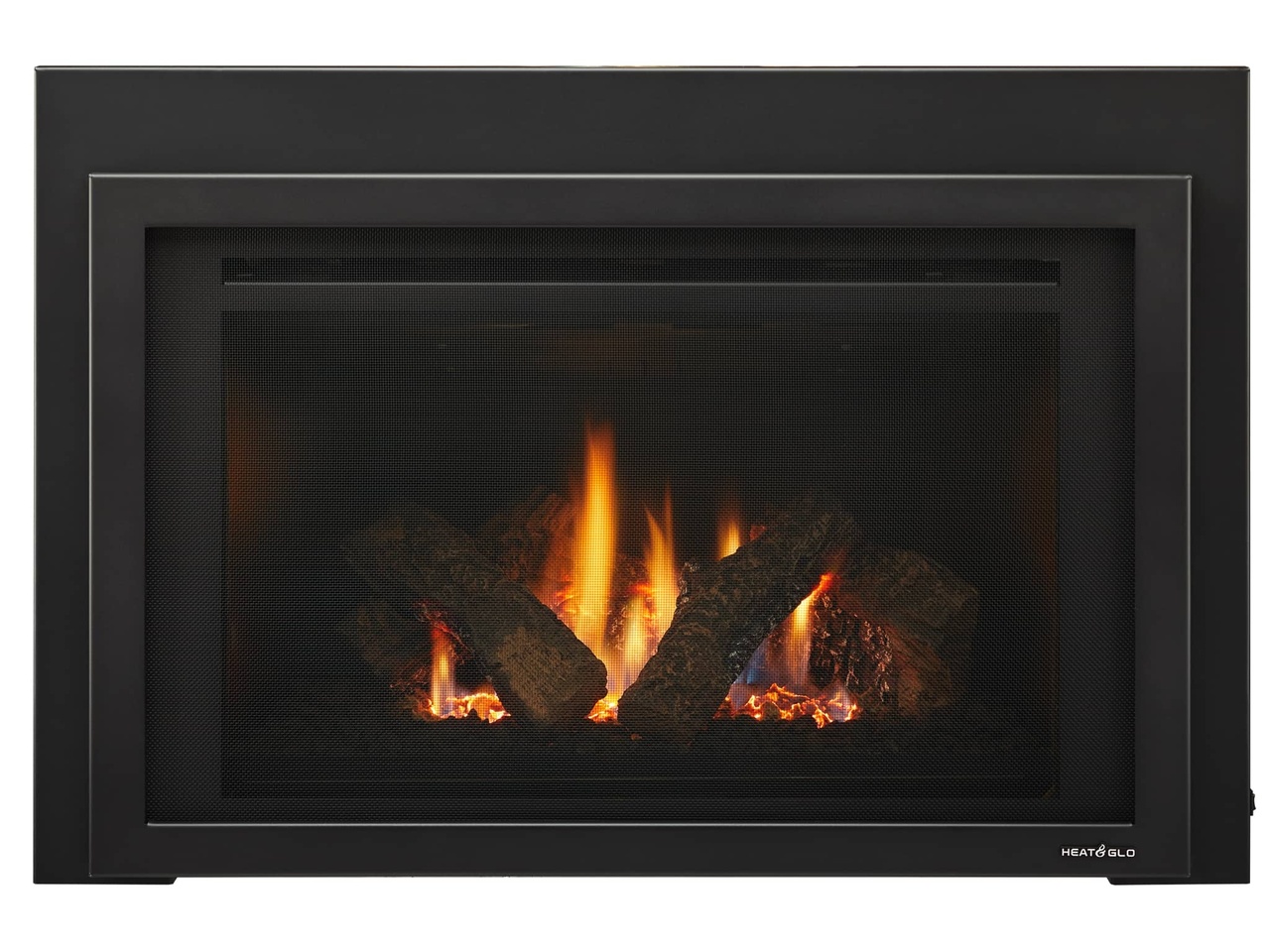

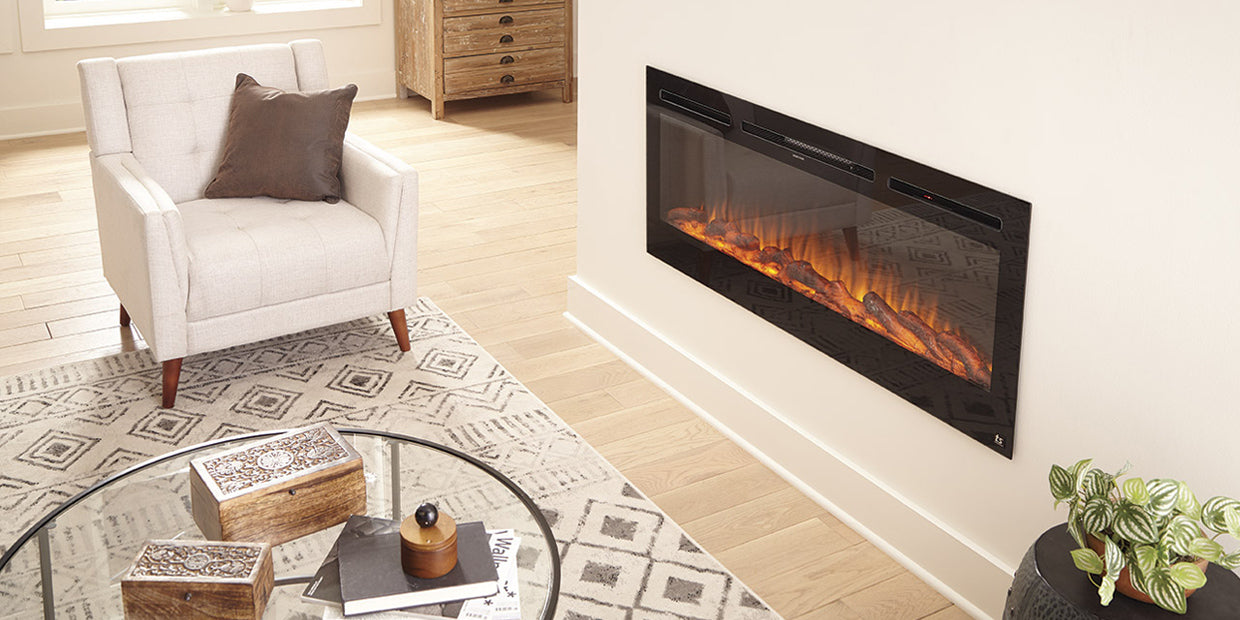
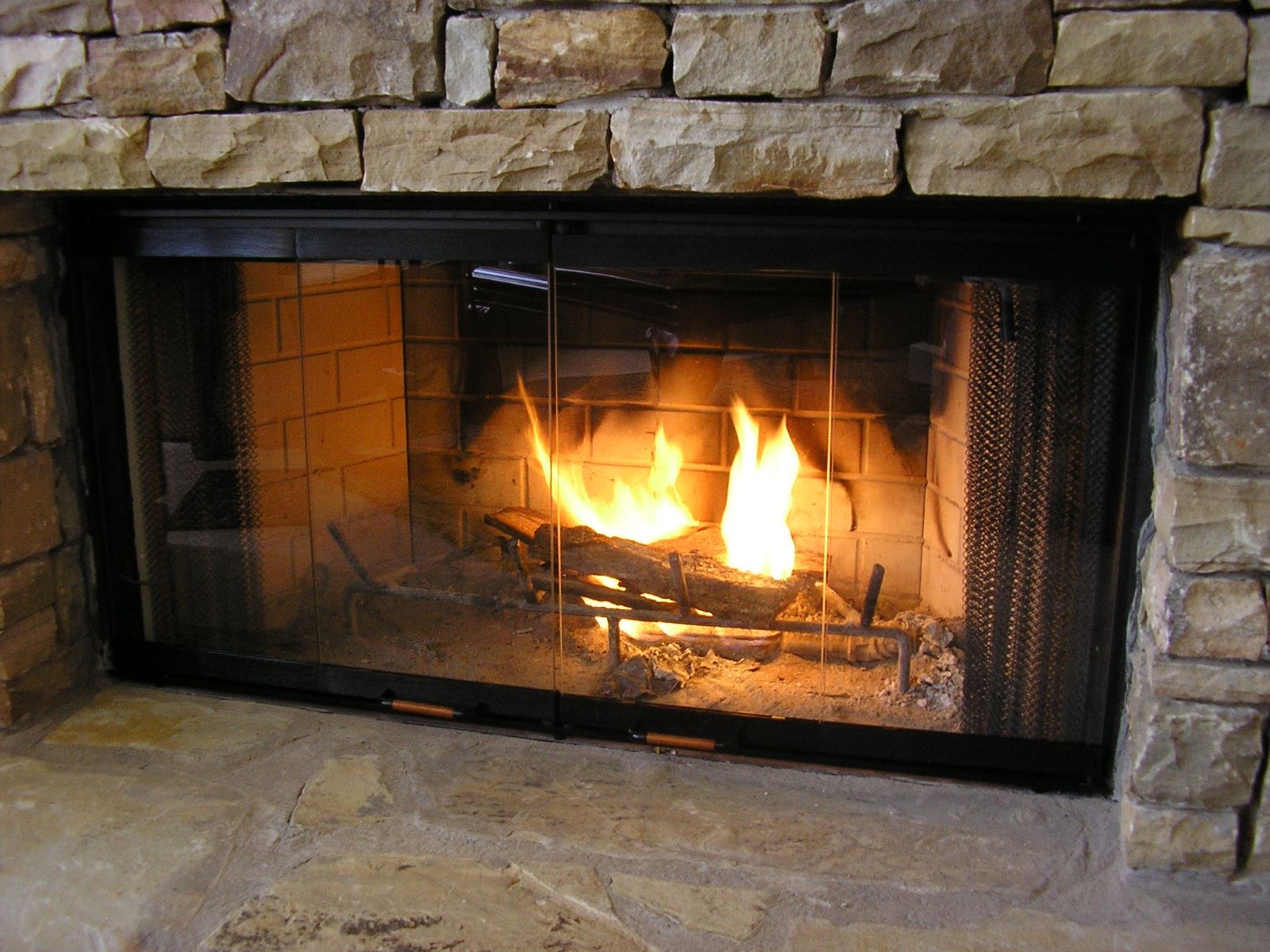
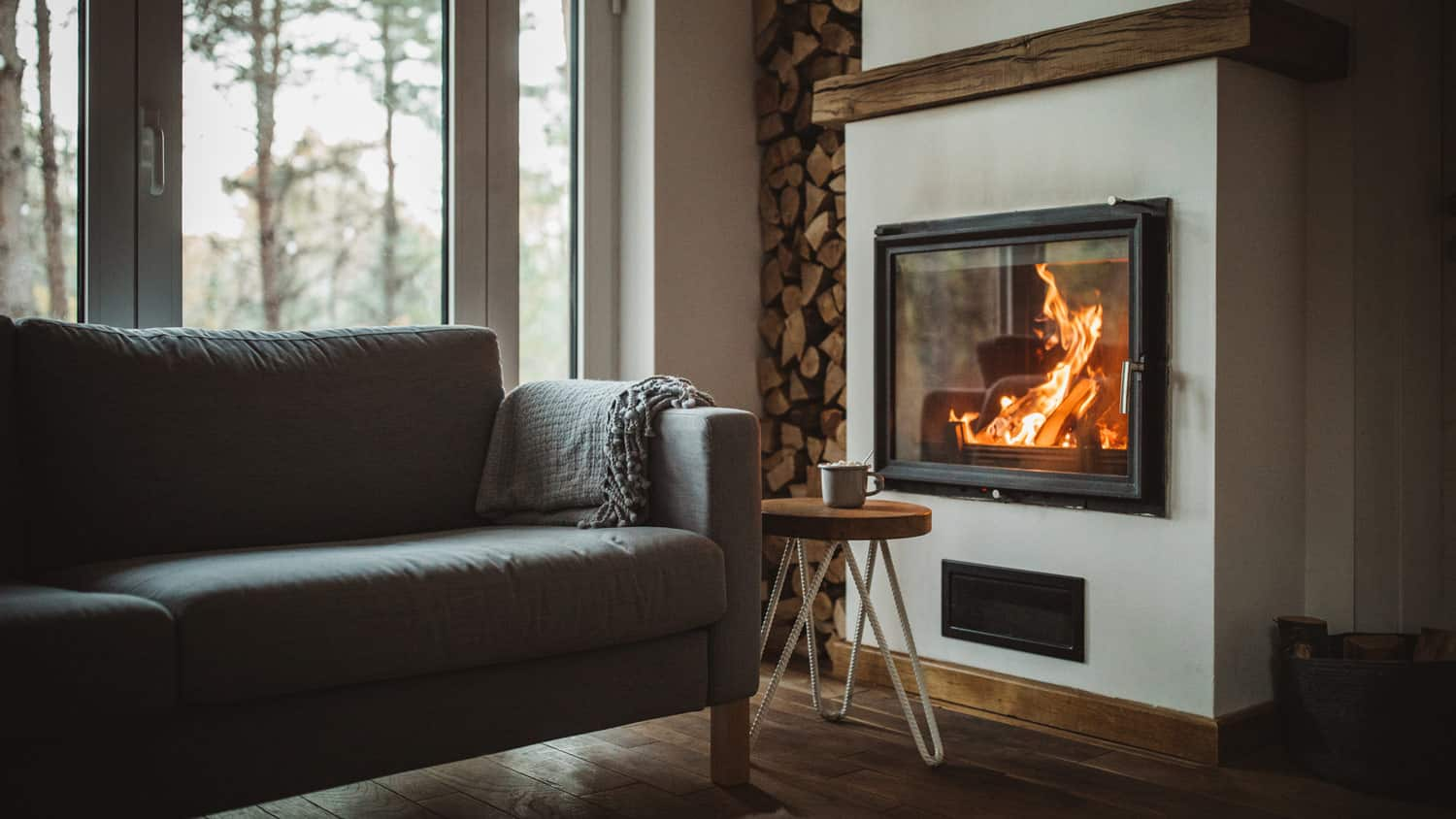
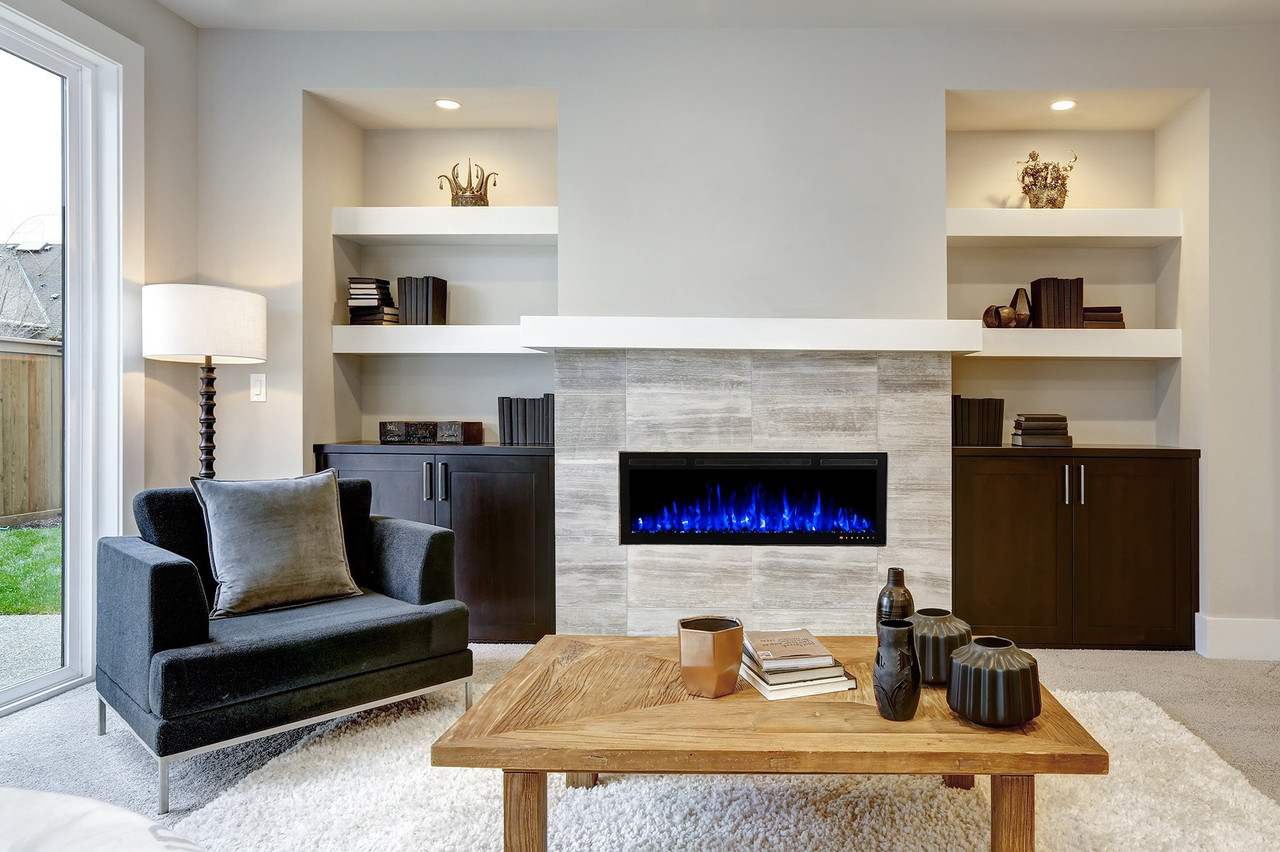

0 thoughts on “How To Install A Fireplace”